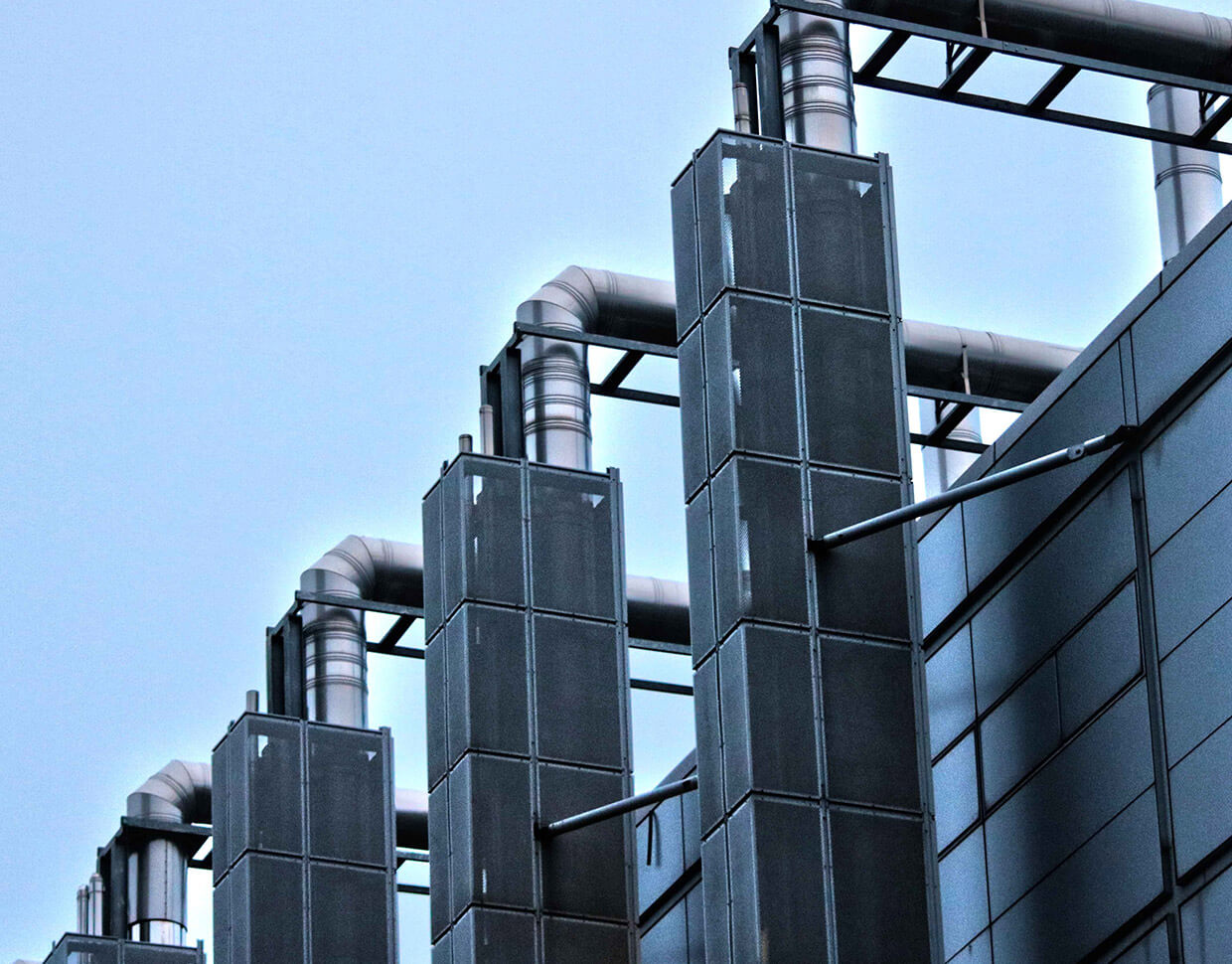
Port Everglades Moves Toward Public/Private Partnership with FEC for Rail to Transport Cargo
July 6, 2011
Broward County Commission Approves MOU with Florida East Coast Railway to Transport Containerized Cargo at Port Everglades
August 26, 2011Florida Railroad Sitting in Sweet Spot as State Preps for Expanded Panama Canal
Besides the region's civic and port leaders, perhaps no one in the wide swath of Central and South Florida has more at stake with the opening of the expanded Panama Canal than does Jim Hertwig.
Hertwig is the president and CEO of Jacksonville-based Florida East Coast Railway (FEC), the regional freight railroad whose network extends along a 351-mile corridor from Jacksonville to Miami. FEC has a stranglehold on rail service across Florida and, perhaps more importantly for the company's future, a virtual monopoly on traffic at the Port of Miami, Port Everglades in Fort Lauderdale, and the Port of Palm Beach.
FEC's pole position will look more valuable than ever come the late summer of 2014, when the Port of Miami is scheduled to complete a $150 million project to dredge its harbor from the current depth of 42 feet to the 50-foot depth needed to handle the huge "post-Panamax" ships that will transit the widened and deepened canal when it opens at about the same time.

The project got a huge boost in early March when Florida Gov. Rick Scott directed the state's department of transportation to allocate $77 million to the work. The dredging coincides with the building of a tunnel that will reconnect the port to FEC's rail yard and take trucks off of local surface roads linking the port and the railroad.
In mid-July, FEC broke ground on an on-dock rail terminal at Miami. It will operate its first train there by the end of the first quarter of 2012, according to Hertwig. A similar project at Port Everglades will go live in the second half of 2013, he said.
Because Miami is the closest U.S. port to the canal, local and regional interests hope the deepening of its harbor and FEC's launch of on-dock rail service will make Miami the first and primary port of call for the larger ships expected to transit the Isthmus. Local officials also hope that 2014 will herald a re-drawing of the nation's international distribution map, as ships that in the past would have called at West Coast ports and moved goods eastward by rail or truck begin using Miami as a gateway to ship freight to closer-in Eastern U.S. destinations, where much of the nation's populace resides.
It may also herald a bonanza for FEC, which will be the go-to railroad to move containers off-loaded at the South Florida ports and headed both within the state and to points further north and west. "We will be able to serve markets like Atlanta and Charlotte in two days, and Memphis and Nashville in three days," said Hertwig, whose railroad delivers freight in 10 hours from Jacksonville and Miami.
Trade flow imbalance:
The shifts in distribution patterns may be most deeply felt within Florida itself. Between 12 million and 13 million people reside in the state's Central and Southern regions, the largest East Coast population center outside of the New York metropolitan area. Because of its large retiree and tourist population, however, the region is heavily skewed toward consumption, with relatively little production.
Many of the goods bound for Central and Southern Florida are produced either in South Georgia or Northern Florida around Jacksonville, and must then traverse—usually by truck at a significant cost—the lengthy peninsula down to the southern part of the state or be diverted west toward its center. What's more, there are few backhaul opportunities due to the lack of manufacturing in the region.
The imbalance of container traffic is striking, according to various sources. Hertwig said that for every four loads headed south there is only one moving north. Charles W. Clowdis, managing director-transportation advisory services for consultancy IHS Global Insight, said the ratio is closer to five-to-one in favor of southbound loads.
Florida port interests believe that deepening Miami's harbor to handle post-Panamax vessels will open up the state's Southern and Central regions to an avalanche of Asian imports that can be whisked across Florida and surrounding states, thus remedying the existing directional imbalance.
Plans for an inland port:
In preparation for the potential change, private-sector interests have joined to develop Florida's first inland port designed to link the seaports, via road and rail, with a centralized warehouse and distribution cluster that will serve population centers throughout Florida and the Southeast United States. The 2,300-acre facility, located in southwest St. Lucie County about 90 miles from the Port of Miami and 50 miles from Port Everglades, will cost about $2 billion and take about 15 years to complete.
The first phase will be finished in 2014 to coincide with the expanded canal's opening and the completion of Miami's dredging project.
The inland port "will create an entirely new industrial model for Florida, ultimately providing a connection to direct on-dock rail service at Florida's key seaports, along with easy access to all major highways," said John Carver, who heads the ports, airports, and global infrastructure practice for Chicago-based real estate and logistics services giant Jones Lang LaSalle, which has been named the port's exclusive project advisor.

According to JLL data, there are 12 inland ports in operation across the United States. Each port shares several common characteristics, namely proximity to at least 3 million residents living within a 200-mile radius; a direct connection to a seaport via one of the four major "Class I" railroads; designated status as a Foreign Trade Zone; and access to an abundant supply of surrounding industrial real estate..

Florida, whose container ports handle about 2.8 million twenty-foot equivalent units (TEUs) annually, is perhaps the most glaring hole in the inland port network, Carver said. "It's the only state in the country with this kind of volume that doesn't have a dedicated facility like this," he said.
The big winner, Carver said, could be FEC, which although not a Class I carrier, is positioned to provide all the on-dock rail capability to serve the inland port. "The key is access to the on-dock terminal capacity, and FEC has a lock on that," he said.
From DCVELOCITY: http://www.dcvelocity.com/articles/20110822florida_railroad_looks_to_capitalize_on_panama_canal_expansion/

